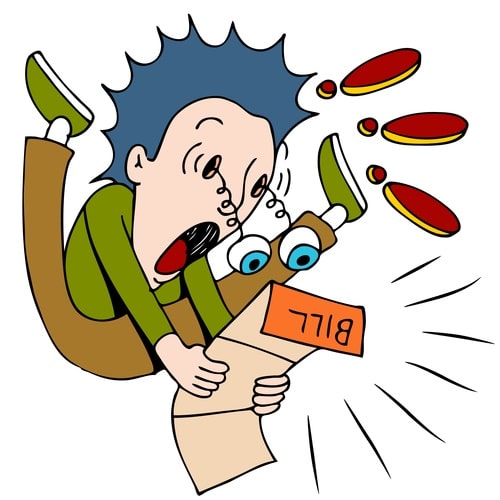Linda here.
Harold owns a plastic injection molding company. They ship millions of parts each month to customers all over the country. One of his biggest customers demands special packaging, just-in-time delivery and small batch quantities. At the same time, they have been paying late, aggressively negotiating price and taking discounts that had not been earned.
When quotes came in for next year’s orders, the buyer wrote a personal note on the cover, “Sharpen your pencil, Harold!”
Harold worked up new prices for his customer, but they were higher, not lower than what they were currently paying. Anticipating the customer’s displeasure, he did his homework, made an appointment and delivered the quote in person.
As expected, the buyer was unhappy with Harold’s prices and their meeting lasted much longer than scheduled. However, in the end, Harold walked out with a purchase order that included his price increases and assurances that the discount errors would cease.
What did Harold do to bring about such a transformation?
First, he knew his customer. He knew the markets they sold to and how price sensitive they were. He knew the goals that corporate handed down to purchasing. He also knew the industries where they were targeting new business and the critical role reliable suppliers would play in successfully attracting new business.
Next, he knew his company’s costs and profit goals. He’d calculated the cost of producing, packaging and shipping. In addition, he knew how much extra it cost him (interest on borrowed money) when payments were late. When the accounting department took undeserved discounts, it made matters worse.
And finally, one of the most powerful arguments for the price increase was sustainability. Harold and his customer had been working together for years, each relied on the other to keep their promises. In order to maintain and sustain on-time-delivery and quality levels, Harold had a plan for upgrading equipment and fixtures. The buyer understood that if he insisted on paying a lower price, he would be cutting Harold’s profits and therefore his ability to continue to be a quality vendor.
You owe it to yourself and your business to be relentless in managing your product pricing. How you set the price of the products and services you provide determines the difference between the success or failure of your business.

